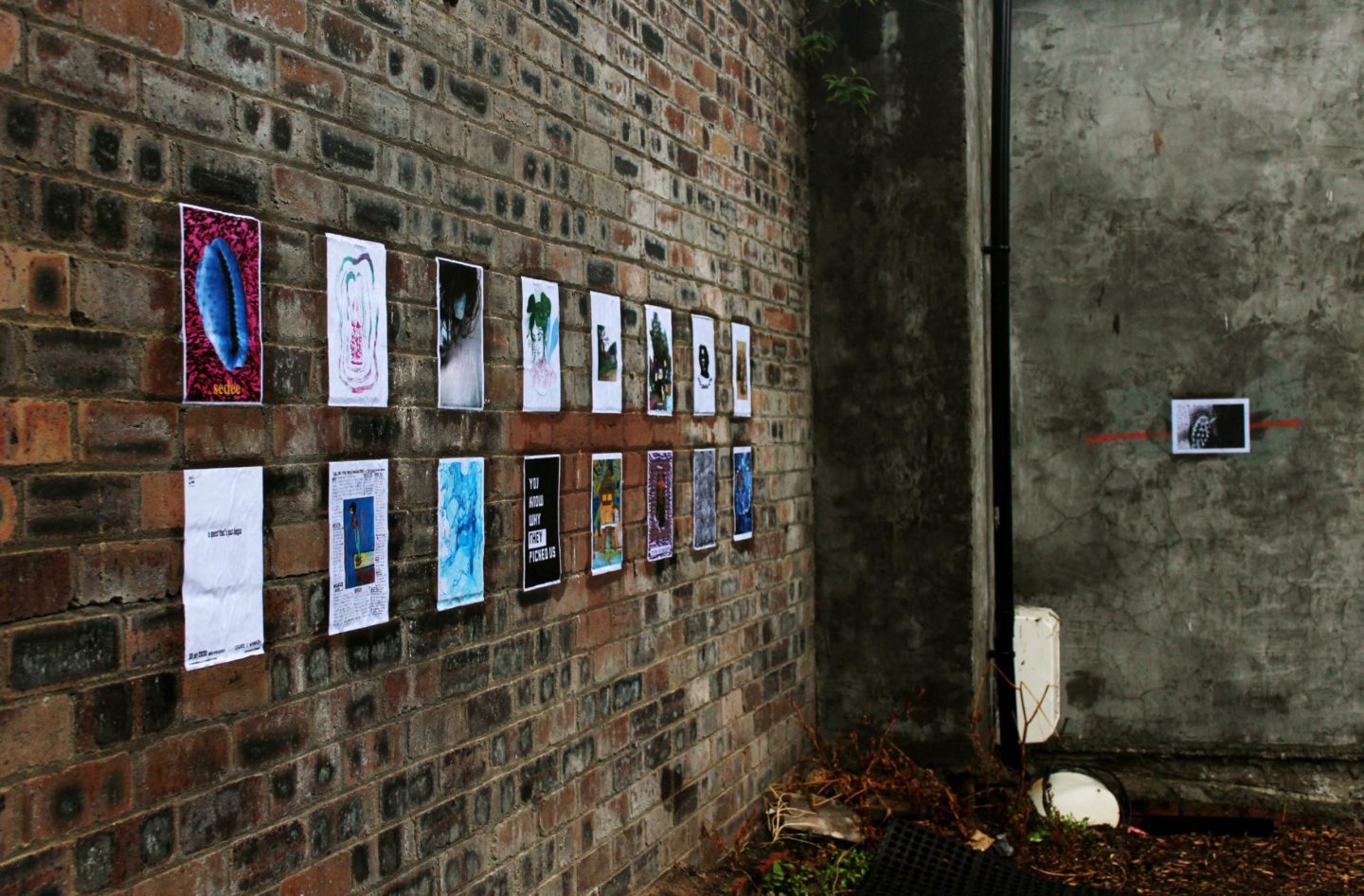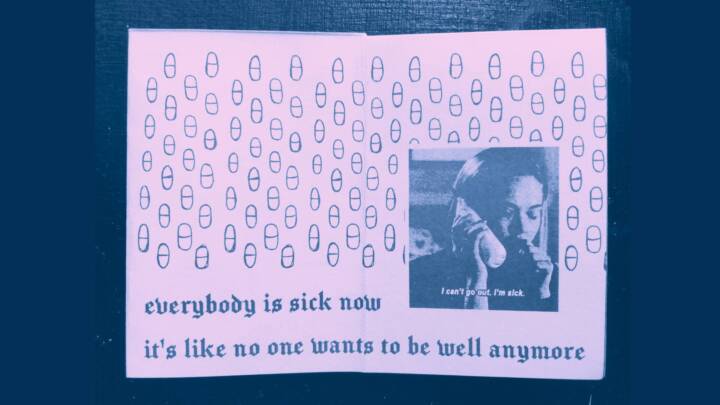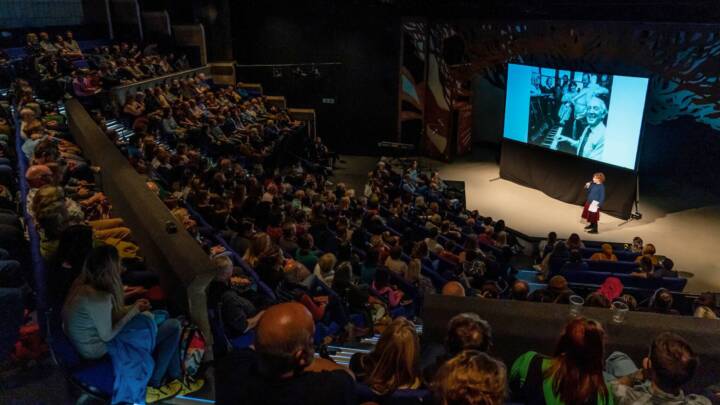
Our blog series regularly invites guests to share their thoughts on different aspects of life in Dundee, their own practice, and anything in between. We have invited a few members from GENERATORprojects to take part over the next few weeks. Saoirse Anis is an artist, curator, and committee member at GENERATOR.
For some, the after-effects of George Floyd’s murder are diminishing – our social media feeds are returning to normal, and news coverage is wearing thin. For others, it’s not so easy to cast aside reminders of institutional racism.
It took me a few years to register the racism of Dundee’s creative sector, as I turned a blind eye to the racialisation of me and my art. Eventually, however, it became impossible to ignore; from tutors refusing to see past the colour of my skin to the content of my work, to being tokenised by institutions for EDI fulfilments, and continuously confused for another Black artist who looks absolutely nothing (and I mean nothing) like me.
Since joining the GENERATOR committee, I quietly endeavoured to uplift, support, and nourish fellow Black creatives but I now commit to doing so vocally and unapologetically.
When my GENERATOR colleague Jamie Donald, Head of a Few Different Things at Wooosh Gallery, suggested we do a collaboration, it was a clear opportunity to implement this unapologetic-ness. With its proximity to Perth Road, it’s the perfect place to shout about the talents of Black artists who are so often shunned by our creative institutions. There is no prescribed theme for the exhibition, to showcase that Black artists don’t just make art about being Black (as certain successful artists/DJCAD tutors seem to believe…).
The artworks mainly curated themselves, as though an invisible energy gathered a body of work that is aesthetically and conceptually cohesive. The exhibition exudes beautiful purples, blues and oranges in abundance, with the odd injection of monochromatic elegance. As expected, the artworks submitted explore a myriad of interesting, amusing, and poignant topics, and utilise various media.
Several artists express joy through patterns and lines. Sekai Machache’s Blue Ink Drawing No. 27, part of a series that “has a meditative quality and uses water and ink on paper to create a unique body of work that has been pivotal to [her] process for many years”. Nkem Okwechime’s Ikenga is a colourful screen print that depicts a sculpture of the Igbo god Ikenga. Nkem tells us that “Ikenga means place of strength…and is a sign of integrity”.
These lines and colours are echoed throughout the exhibition, in Jacqueline Briggs’ delicate, flowering illustration, Grow Your Mind, and in Shona Inatimi’s outline of African natural hair. This features prominently in her practice, “for her hair intertwines with political power and is deeply personal”.
The vibrant colours in Shona’s art are also present in Harvey Dimond’s blue cowrie shell superimposed on a pink geometric background, and Nicola Wiltshire’s Call of the Void (Enchanted) in which she presents handwritten critiques of her painting in the margins, like a page from her sketchbook.
Echoing this critical writing, Ahmad Deeni’s work is positioned centrally and boldly says “You Know Why They Picked Us”. This powerfully comments on the institutions which to take the easiest route to fulfill arbitrary EDI requirements.
The monochromatic imagery of Ahmad’s work is sprinkled throughout the exhibition; in Zoë Zö, Zoë Tumika & Zoë Guthrie’s striking self-portrait of a “good Glaswegian womin”, and in Thulani Rachia’s Repairing Soles. Thulani’s photograph is part of a series which “documents some of those [communities] left on the outside of the World Cup’s new architectures” during the beautification of regions in Cape Town when South Africa hosted the tournament in 2010.
Mpilo Mseleku’s photograph depicts a dark-haired subject “adorned in white make-up and tape” and “locked in an ambiguous embrace with a naked mannequin”. Joy Gansh’s geometric multimedia work is further abstracted and uses black and white to invite us into the negative space of her work, which is inspired by the duality inherent in the art of Drag.
These geometric patterns bleed into Nat Akinyi’s The Girl Who Didn’t Care which celebrates Audrey Mbuga, a Kenyan transgender rights activist, as we are reminded of the need for a truly intersectional movement to effect real change.
Leighton McIntosh picks up on the vibrant purples in Nat’s work, with a mirror image of the car-park itself, in which the onlooker sees one of Leighton’s original characters staring back at them. Colourful drawings are superimposed over the photograph, bringing an illusion of sunshine while we pasted the exhibition in the pouring rain.
More sunshine comes through in Yasmin Davidson’s rich oranges. Our Home depicts a cabin in Canada, which she describes as the “best home [she’s] ever lived in”. The imagery of a house within nature is also present in Holly Mason’s Rennaissance Jamaica. This photograph has the quality of having been “taken a century or so ago, but it was taken in 2018”.
Tayo Adekunle’s Artefact picks up on this timelessness, using photography to explore “the relationship between the treatment of the black female body in the past and its treatment in the present day.”
From here, we must start looking forward, and we hope that A Quest That’s Just Begun truly is the beginning of implementing a more supportive and rewarding environment for Black creatives in Dundee.
Image by Caitlin MacLeod (@caitlin.macleod)



